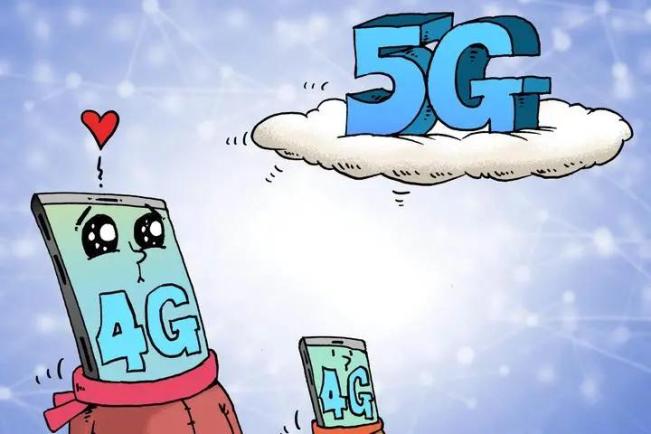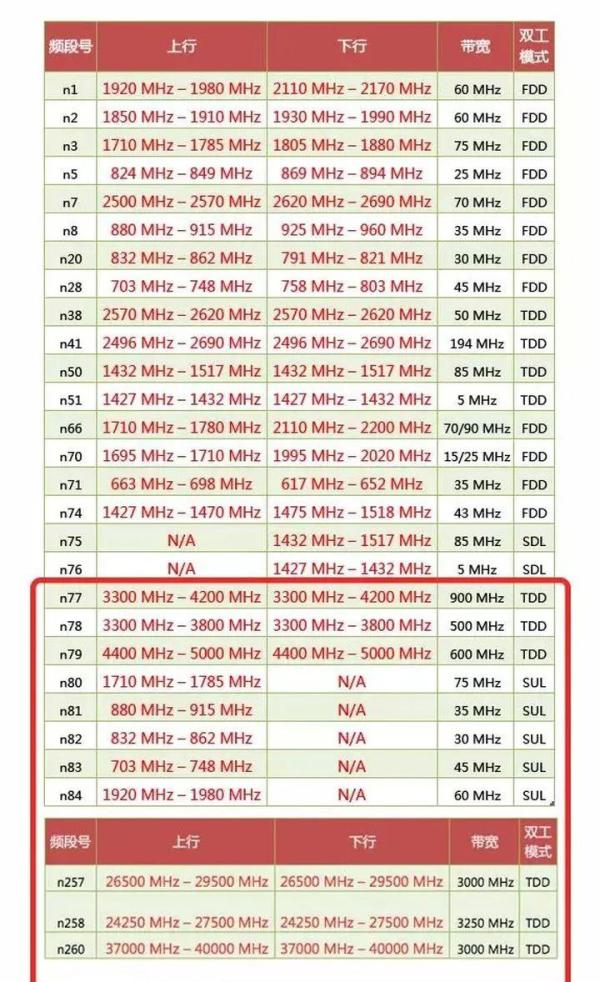Do you know the misunderstandings about 5G?

5G has been commercially available in China for more than a
year. I believe that many of my friends have switched to 5G mobile phones and
experienced the same speed as 5G. However, regarding 5G technology, we often
see some confusion about 5G, full of myths and misunderstandings. Today To
everyone, five misunderstandings about 5G.
Today I will reveal to you five misunderstandings about 5G.
Misunderstanding 1: 5G will completely replace 4G
This is perhaps the most obvious, even the least
enthusiastic people realize that 5G is the next generation wireless network
after 4G-implying that it will completely replace the previous mobile network.
4G and 5G networks will coexist-in fact, they already coexist. 5G is using
newer radio technology and software based on the existing 4G LTE.

Misunderstanding 2: 5G is accelerating the connection
speed of smartphones
When it comes to networks and wireless connections, speed is
often the most eye-catching. Indeed, 5G will eventually provide 100 times
faster speeds than 4G networks, which will directly translate into faster
connection and download speeds on consumer smartphones.

However, 5G goes far beyond consumers and their smartphones.
Once fully launched, it will have a huge impact on many industries, including
the Internet of Things, robotics and autonomous vehicles.
Misunderstanding 3: 5G will deploy a large number of small
cells
At present, the deployment of 5G is similar to that of 4G,
which is mainly based on macro sites and supplemented by micro sites. For
ultra-high-capacity hot spots, such as stadiums, large gathering places,
commercial streets, etc., small base stations are used to supplement the heat,
and it is easy to disguise and hide.
For wide coverage, mid-to-high frequency bands will not be
used in large quantities. Major operators are digging their heads to
re-cultivate the mid- and low-frequency bands being used by 3G and 4G into 5G,
such as the domestic 1800M, 2100M, 700M and so on. Because of cost
considerations, the saying that 5G small base stations are everywhere will not
appear in practice.
Misunderstanding 4: 5G must use a new frequency band
You can use the new frequency band to build 5G, but no one
prevents you from re-cultivating the 2/3/4G frequency band or using the
existing frequency band to build 5G.
5G NR defines multiple frequency bands ranging from sub 6GHz
to millimeter wave, as shown in the figure below:

其中,部分是5G引入的新頻段,部分是LTE老頻段。 5G不受限於頻譜資源,在低、中、高頻段均可部署。
Misunderstanding 5: 5G will replace WiFi
In the past 20 years, cellular networks and Wi-Fi have moved
from outdoors to indoors, and from indoors to outdoors. The two complement each
other and share wireless traffic. Cellular networks are evolving from 4G to 5G,
and Wi-Fi technology is also evolving.
It is more difficult for 5G high-frequency signals to enter
indoors, and indoor coverage has shortcomings. Facing the continuous
development of video and Internet of Things services, the world will still need
Wi-Fi to supplement coverage and capacity. 5G is not to replace Wi-Fi, but to
expand the scale of the wireless ecosystem.
In the future, 5G will not be able to achieve 5G small base
stations everywhere. When using 5G networks, if the mobile phone signal is
blocked, don't forget that there is a signal bridging service provider around
you!
Linchuang products are distributed in 155 countries and
regions around the world, serving more than 500,000 users of high-tech
enterprises. In the field of mobile communications, insisting on actively innovating
around customer needs and helping customers solve their communication signal
needs, Lin Chuang has always been committed to becoming a leader in the weak
signal bridging industry, so that there are no blind spots in the world and
communication barriers for everyone!